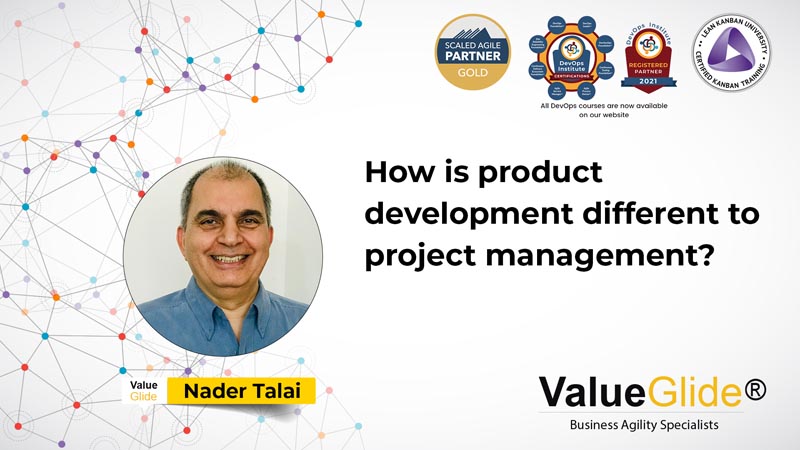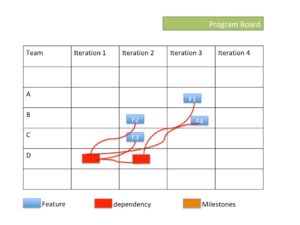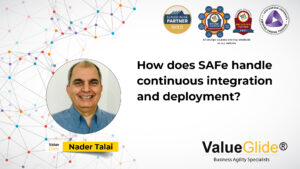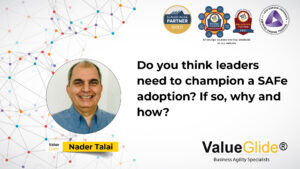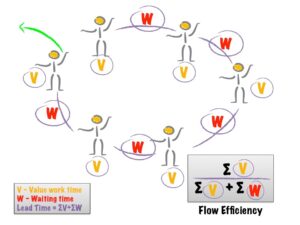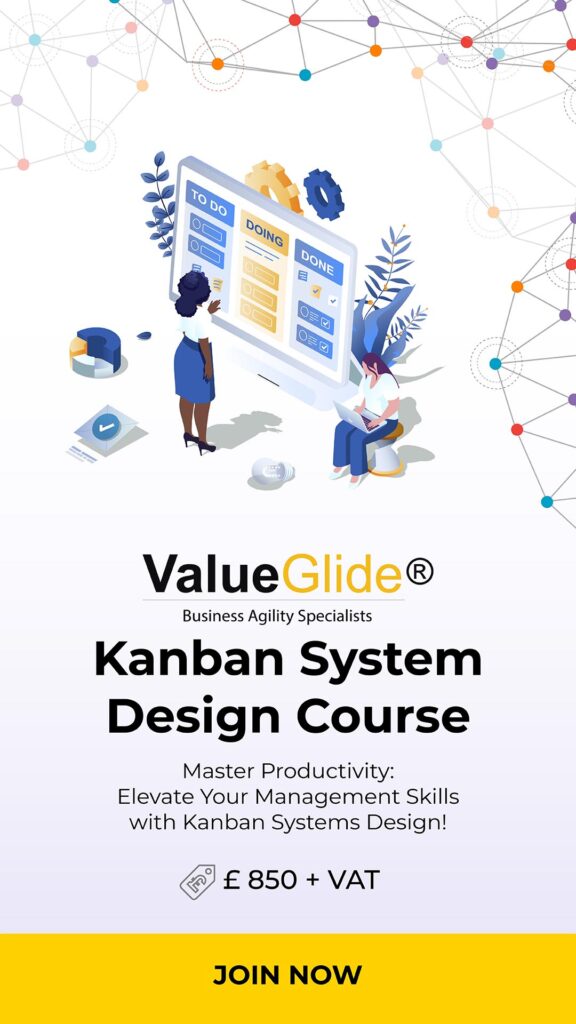How is product development different to project management?
Products tend to have a very long shelf life, especially in the software industry where you are focused on continuous delivery and incremental improvements in customer experience.
Project management tends to have a short shelf life, ranging from a few weeks to a couple of years at most. There is a defined start and end date, and project managers set project milestones to ensure that the project plan is being delivered according to predetermined deadlines.
Interestingly, a lot of the money invested by organizations in products occurs post product development whilst project management requires most of the funding to be invested prior to the launch of the project.
In a project management environment, the organization will view the product strictly in terms of its development and delivery, after which the project team will be reassigned to a new or different project.
In product development, the team becomes more valuable and achieve higher performance the longer they work on the product, and much of what they develop and improve happens after the delivery of the product to the customer.
In many ways, it’s a process of co-creation moving forward because the team are responsive to customer and market feedback on the product and align their efforts with customer needs and changing requirements within the marketplace and customer environment.
Improved quality in product development
In my experience, a product development team tend to produce better quality of products, especially over the long-term and operationally, they focus on great work rather than cutting corners or making trade-offs for quality versus speed of delivery.
Because the project management team have a finite amount of time to build and deliver the product, they tend to focus on cost and deadlines rather than customer satisfaction and delight.
A product development team are in this for the long haul, so they tend to focus on better practices, improved quality, and incrementally better customer experience with each iteration.
Flexibility
If time to market is crucial for delivery, a product development team may make some trade-offs to ensure they deliver within the agreed timeframe, but they do so knowing that they will correct those shortcuts or polish the product in the next iteration cycle.
As a team, in collaboration with customers and product stakeholders, they can make great decisions about what constitutes a minimum viable product (MVP) and plan for the bells and whistles to be added during later stages of product development.
A project management team don’t have that luxury and since there is no post-delivery production, the product or project that customers receive becomes the final product regardless of whether that meets customer needs and requirements or not.
In a project management environment, the customer would receive only what they contractually agreed upon at the start of the project and would need to recontract the organization if they want any improvements or adjustments to be made.
So, agile product development focuses a great deal on the customer, in alignment with organizational business goals and objectives, whilst project management focuses on the project and delivering against a predetermined plan or contract.
This is one of the reasons why agile has become so popular with both clients and organizations that are focused on producing great work and achieving competitive advantage in the markets they serve.
About Value Glide
Value Glide are a SAFe (Scaled Agile Framework) consultancy, coaching practice, and training specialist who work with organizations to align business objectives with customer needs and wants.
As deeply experienced agile coaches and practitioners, our team are invested in continuous learning through each client engagement and use the data and evidence we gather from each implementation to inform our training, coaching, and consulting services.
In a nutshell, empirical process control or empiricism.
If you are thinking of adopting agile within your organization and have identified SAFe as a great agile framework to adopt, implement and improve your business agility, visit our SAFe Quickstart ART Launch program page or view our SAFe Consulting Services page.
If you have identified a need for an agile coach and SAFe coach to help your organization adopt and implement SAFe, visit our SAFe Coaching Services page.
If you want to know more about SAFe and how to lead SAFe, visit our SAFE Training page for a host of options, from Leading SAFe to a SAFe Release Train Engineer course.
#SAFe #scaledagileframework #scalingagile #agile #agileframework #agilecoach

